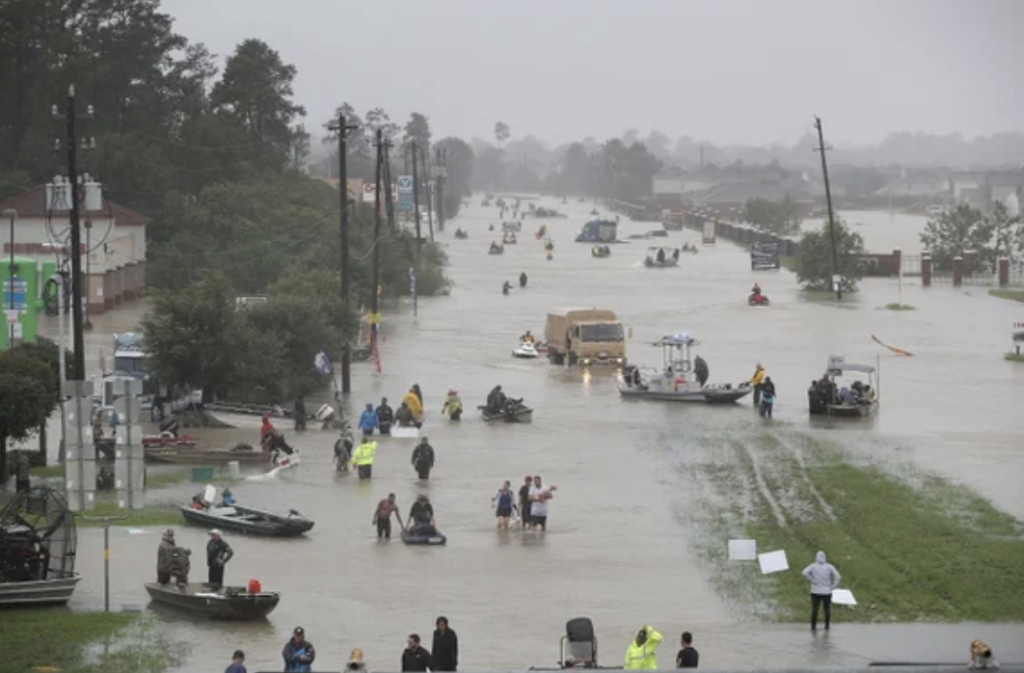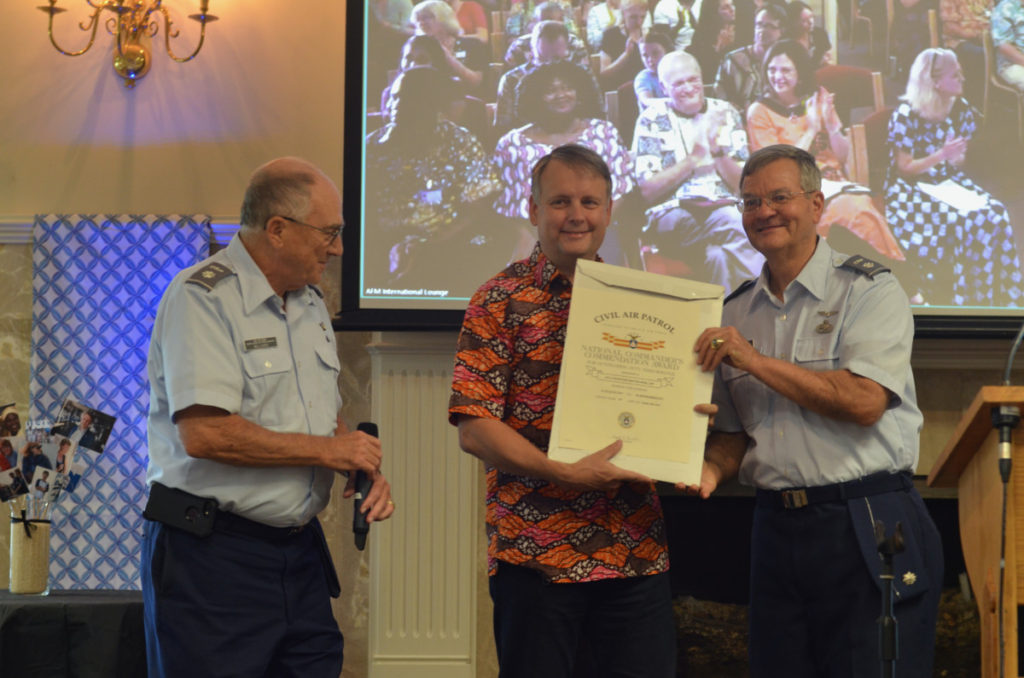Finding the Special Sauce of Teams and Organisations

As I have worked in a number of teams and organisations over the years, I have come to recognise that there is sometimes something very special missing. The problem is, you either sense it, see it and nurture it to create an extra special team or organisation, or you default to some other mode to keep things going.
I’ll give one example from a small team that I worked in….
One of the most stunning and yet most humbling moments for me in the last couple of years was when I was about to leave for our sabbatical. I had been serving part time as a volunteer with TX-085, a Civil Air Patrol squadron based out of Tyler Texas. As a volunteer I had a number of search and rescue related roles, but probably my most demanding and rewarding was being an airborne photographer for disaster assessment.
Depending on the nature of the disaster, sometimes our squadron was scrambled by emergency planners to go out and obtain photos of flooding, tornados and hurricane damage. A small aircrew of three would fly designated areas or the path of a tornado to provide GPS tagged images to help the response effort. Timing was of the essence and we didn’t know what to expect. When we had a window in the weather, we had to move quickly to get the right photos the first time, as the cost of having to go back to get it right could literally impact the livelihoods of people and even risk lives.
The biggest mission we undertook was a week of flying multiple sorties in Houston after Hurricane Harvey in 2017. I had never seen a disaster like this on this scale. Miles after miles of damage. Every day we would go up and fly a particular grid route around the Galveston area collecting photographic intelligence on the extent of the damage, gauging the receding waters and the effectiveness of the emergency response.

It was a very fast moving and dynamic environment where the mission pilot, mission observer and the airborne photographer had to function as one to get the job done. It was sometimes very uncomfortable and challenging work, with the air not always being smooth, making it difficult to get the right shots cruising at about 100mph. Also, the air traffic in the Houston area was very busy, making for full skies of other planes to keep an eye out for. One individual not doing their job could jeopardise the success of the mission or even worse.
Needless to say we had to have complete trust, not only understanding each other’s function on the aircrew, but each other’s strengths and weaknesses, working both with verbal and non-verbal communication. Over the course of the week, we took over 4,000 images and by the end of each day we were ready to stop for some badly needed rest from the intensity, but we could all stand down to realise we had achieved some significant results together.

So as I retired from the Civil Air Patrol, my aircrew surprised me by pitching up to present me a commendation from the National Commander for my photography work in disasters. I was deeply moved to tears and humbled beyond words because I knew the commendation was actually for all three of us and indeed our entire squadron. I clearly had not done this alone and there were times that my fellow crew members had to help me be a better airman and photographer, even to the point of stepping in for me. In fact, one morning of the Houston disaster I was hit with a bad migraine and could not fly (sadly an unpredictable genetic physical challenge I have carried over the years), so they had to cover for me while I got back on my feet.
It would be easy to stop there, but a closer look would reveal that this award represented something even deeper than just effective team work. Some people talk about how leaders need EQ (Emotional Intelligence) to lead people. I would also argue that you also need TEQ – Team Emotional Intelligence.
Perhaps one could say that TEQ is kind of like a special sauce for a team or organisation. This is the type of team emotional intelligence that gives you the confidence to fly into any disaster and face adversity because you are bonded together in a very special way. I saw this in our aircrew and the entire squadron in Tyler exhibited this in our different teams and functions. It was a very special and professional group of people to serve with.

TEQ is what pulls a team together at a deeper level than just a collection of positions and functions. You either have it, or you don’t. It’s not perfection, but rather trust, openness and mutual admiration which enables you to rely on each other very deeply. The result is that you achieve something not just good, but great and part of the greatness is being in the team that did it! It takes time to build this kind of bond and when you get it, you want to protect it as it is very easy to quickly destroy.
I could write on, but another place that I learned this was living on a hospital ship. A crew of 400+ people from over 35 nations, trying to function as one and developing TEQ on this scale, can create one of the most amazing and productive environments to work in. On the other hand if the crew are struggling, it can be one of the most claustrophobic, confining and miserable places to be. If you can work somewhere where you realise you ‘just got this special sauce’, even if you don’t fully know why, I would suggest this is an amazing privilege. Likely the friends you make in these sorts of teams will last you a lifetime.
So to my fellow crew members at Tyler Squadron, thanks for the wonderful memories. It was a privilege to serve with you in the skies and I’d do it again in a heartbeat! Roberts Raiders Lead the Way!